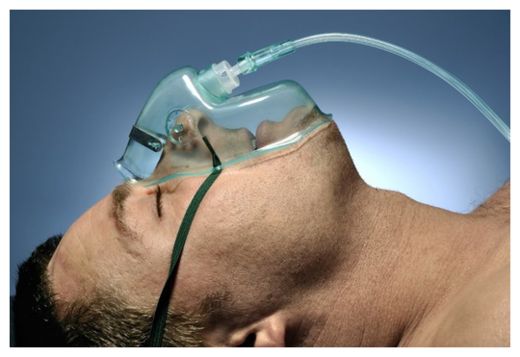
© RedOrbit
Surgeons have been using general anesthesia since the 19th century, but until now physicians and neurologists didn't know exactly how brain activity correlates to the loss of consciousness.
A new study from Massachusetts General Hospital (
MGH) and Massachusetts Institute of Technology (
MIT) that was recently published in the journal
PNAS demonstrated how distinctive brain activity patterns are associated with the loss of
consciousness.
"How anesthetics produce unconsciousness is a major scientific mystery, so this finding is very important because it suggests a specific mechanism for how propofol, one of the most widely used anesthetic drugs, works," said study author
Patrick Purdon, from MGH and Harvard Medical School. "The pattern that we found marks a new brain state in which neurons in different areas become inactivated at different times, impairing communication between different brain regions."
The study focused on three patients who had electrodes surgically implanted into their brain as a part of
epilepsy treatment. Just before the surgery to remove the electrodes, patients were given the anesthetic propofol and then asked to push a button whenever they heard a tone, which was sounded every four seconds. If a patient missed two tones in a row, that time period was identified as the point when consciousness was lost.
Measurements of the action of single neurons by the still-functioning electrodes showed a reduction in overall activity 30 seconds after consciousness had been lost.
Also, the loss of consciousness did coincide with a marked shift in overall brain activity. At the point when study participants lost consciousness, their brain activity began to show regular oscillations between states of activation and deactivation, which contrasts the randomized electrical activity in the conscious brain.
"These deactivated or silent periods of brain activity occur at different times in different brain regions, so communication between regions is interrupted" said study co-author Laura Lewis, from MIT's
Department of Brain and Cognitive Sciences. "It's as if one brain region is in Boston and the other is in Singapore - they can't make phone calls to each other because one is asleep when the other is awake."
The researchers said the result of this study could be useful in how surgeons approach the use of general anesthesia in the future. Not enough of the drug can result in patients regaining consciousness during surgery, while too much can cause respiratory problems.
Currently, the operating room staff monitors a number of vital signs to ensure that the patient is responding to both the anesthesia and surgical procedure as expected, including the observation of brain wave patterns using an electroencephalogram (EEG).
"What this study says is that you should be looking at raw EEG in order to observe the oscillations and interpret them. If you do that, you have a physiologically linked way to know when someone is unconscious," said co-author Emery Brown, from both MIT and MGH. "We can take this into the operating room today and give better patient care."
The researchers said future studies will focus on how the brain behaves as a patient stirs awake from unconsciousness.

Reader Comments
to our Newsletter